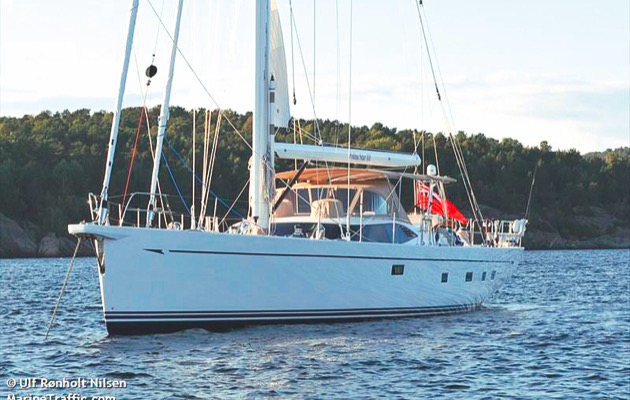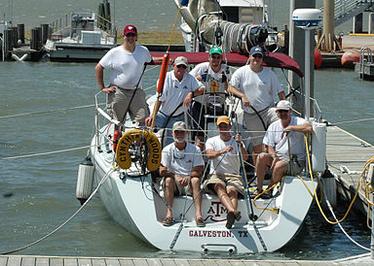First of all i'd just like to say how impressive some of yalls resumes are! I was reading through the "Cynthia Woods Verdict" thread and since I could not comment on it, I figured I would start a new thread. Original thread: Cynthia Woods verdict
I am super impressed with the amount of knowledge, expertise and experience some of the people who commented in that thread have and would like to ask a simple question. If you were a surveyor hired on to survey that vessel before it sunk, what would you have found had you been the surveyor? Can you definitely look at the keel bolts and notice the were loose just by looking at them? I am asking because as a Surveyor this is a very scary scenario and would like to try and learn as much as I can so that If i were to ever survey a boat like this, I can be extra diligent and hopefully not miss something so crucial as to what lead to the vessel sinking.
I am super impressed with the amount of knowledge, expertise and experience some of the people who commented in that thread have and would like to ask a simple question. If you were a surveyor hired on to survey that vessel before it sunk, what would you have found had you been the surveyor? Can you definitely look at the keel bolts and notice the were loose just by looking at them? I am asking because as a Surveyor this is a very scary scenario and would like to try and learn as much as I can so that If i were to ever survey a boat like this, I can be extra diligent and hopefully not miss something so crucial as to what lead to the vessel sinking.






